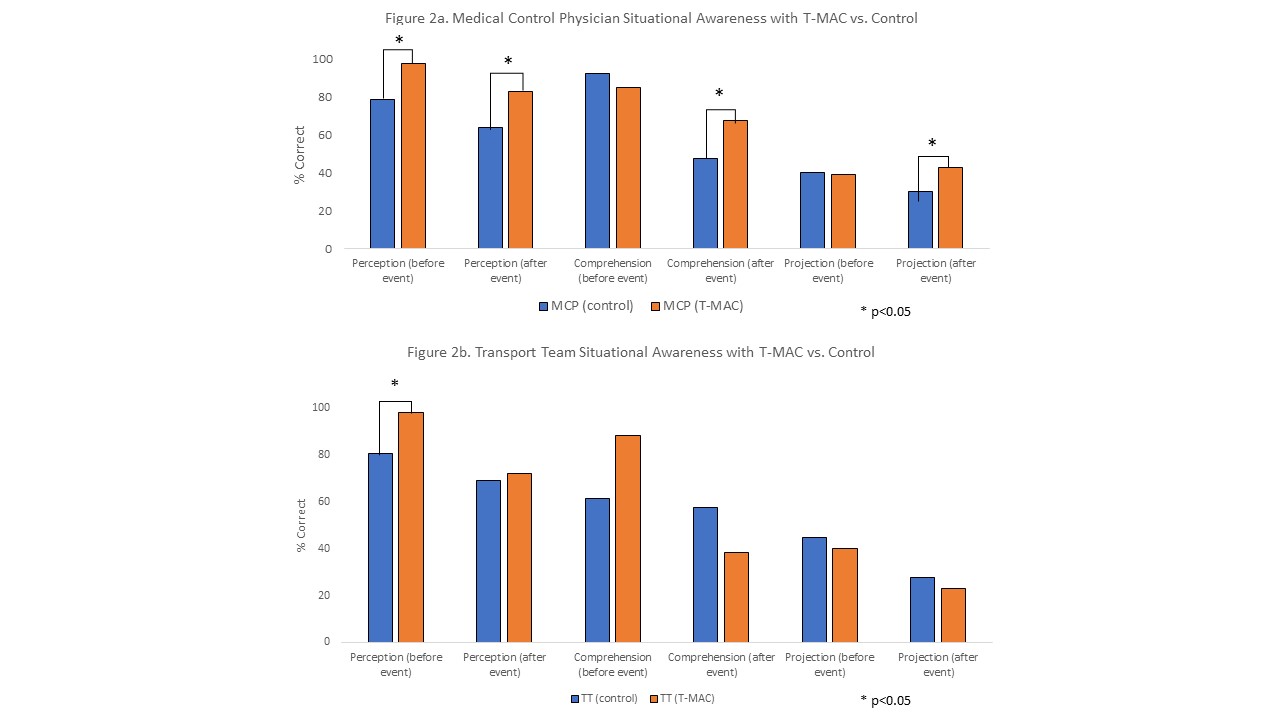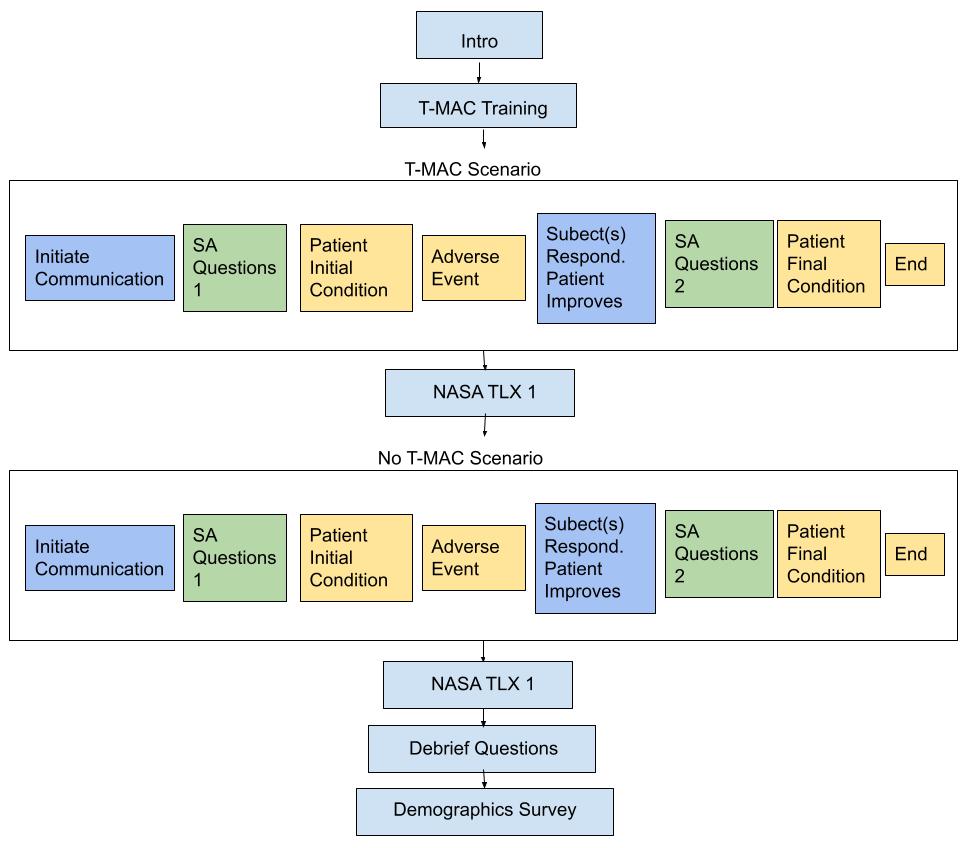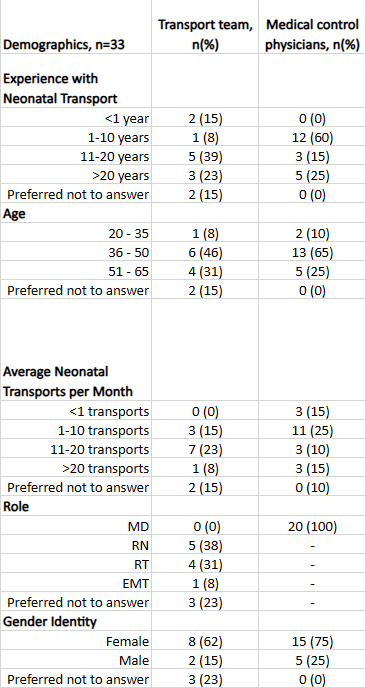Technology
Session: Technology 1
169 - Improving Situational Awareness During Neonatal Interfacility Transport – A Simulation Study
Sunday, May 5, 2024
3:30 PM - 6:00 PM ET
Poster Number: 169
Publication Number: 169.2155
Publication Number: 169.2155

Matthew Cook, MS (he/him/his)
Engineer
University of Washington
Lynnwood, Washington, United States
Presenting Author(s)
Background: Neonatal interfacility transport in America’s pacific northwest region involves a complex system of communication between multiple stakeholders. The Transport Team (TT) is the only stakeholder group with visibility of the patients, or knowledge of their current condition while they are enroute. Medical Control Physicians (MCPs) and receiving teams rely on TT descriptions for care recommendations and enroute communication. Communication, and subsequent decisions, are primarily completed through phone calls or text messages. Teletransport applications help facilitate communication but must be studied for utility.
Objective: Investigate how the use of a novel Transport Monitoring and Communication (T-MAC) mobile application impacts awareness and understanding of patient condition during transport, and ability to anticipate future condition.
Design/Methods: The study investigators co-designed the information architecture, data organization, and a high-fidelity simulation of a teletransport T-MAC application with input from transport stakeholders. Two neonatal transport simulations featuring newborns with neurologic and surgical conditions included time pauses for situational awareness questions on participants’ Perception of the patient condition, Comprehension of how best to respond and Projection of what will happen next. Figure 1. The simulations were conducted separately with MCPs and TT members using the T-MAC application for one scenario and standard practice (phone communication) for the other.
Results: A total of 33 (20 MCPs and 13 transport) team members participated. Table 1. In simulations with the T-MAC, MCPs had higher situational awareness scores across multiple domains of Perception, Comprehension and Projection (p < 0.05) while TTs had higher mean Perception scores (3.92 TMAC vs. 3.23 control, p=0.02) and a trend towards higher Comprehension scores (1.77 TMAC vs. 1.23 control, p=0.068) only at the initial assessment. Figure 2.
Conclusion(s): Use of teletransport applications such as the T-MAC may increase situational awareness of adverse events on neonatal transport. Although the app may improve initial perception of transport team members, use by remote providers may show the greatest benefit.



